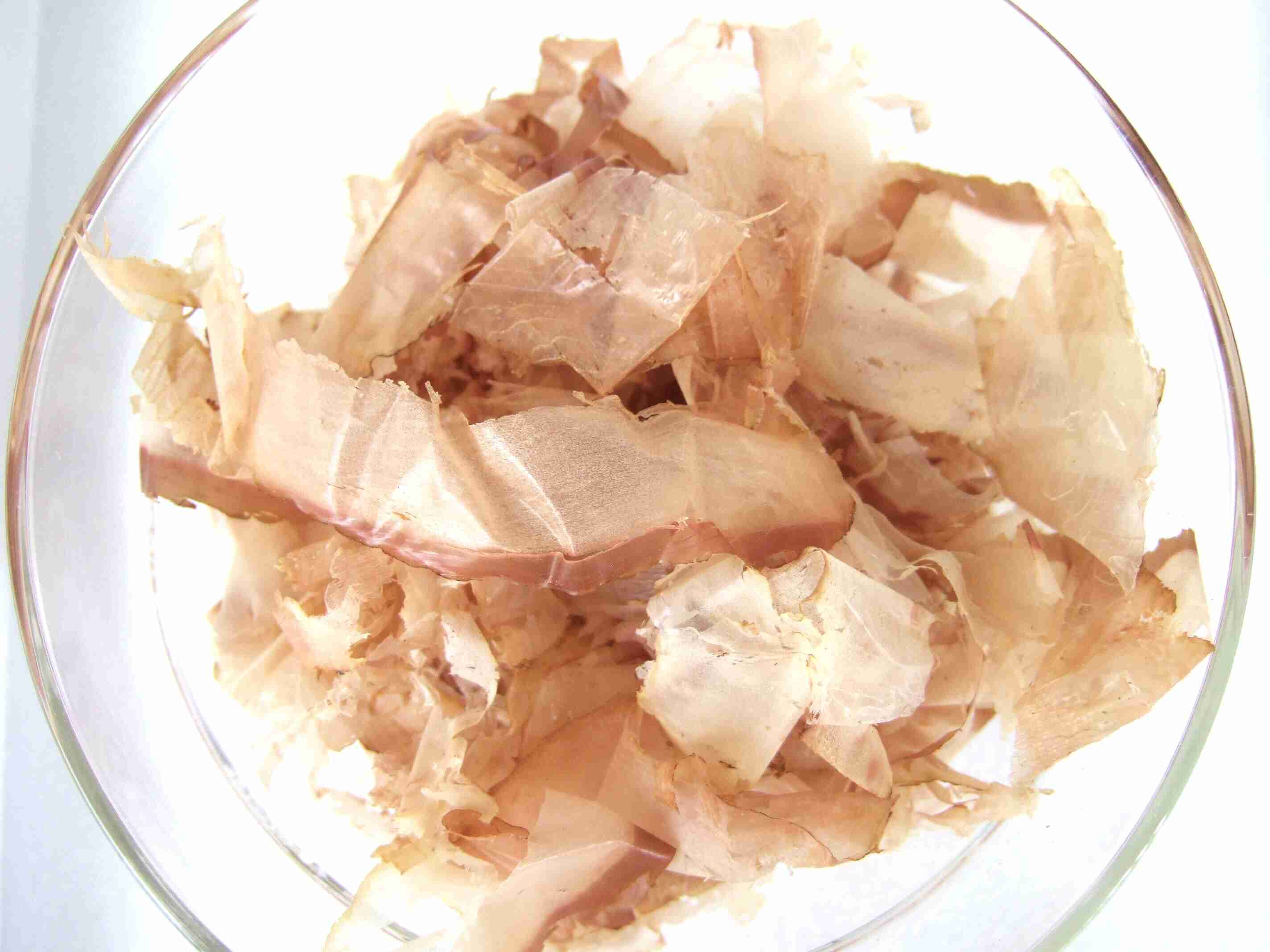
Dashi is a fundamental ingredient in Japanese cuisine, known for its umami-rich flavor and versatility. Made from a combination of dried fish, kelp, and sometimes dried mushrooms, dashi serves as the base for many iconic dishes like miso soup, noodle broths, and simmered dishes. It is often referred to as the soul of Japanese cooking, as it imparts depth, complexity, and a unique taste to a wide variety of dishes.
In this article, we delve into the world of dashi and uncover 16 fascinating facts about this essential ingredient. From its long history rooted in Japanese culinary traditions to its various types and uses, we will explore everything you need to know about dashi. So, let’s embark on our journey to discover the secrets of this savory elixir that brings forth the authentic flavors of Japanese cuisine.
Key Takeaways:
- Dashi is a traditional Japanese ingredient that adds rich flavor to dishes and is easy to make at home, making it a versatile and healthy addition to any diet.
- With its umami taste and key role in Japanese cuisine, dashi is a must-try for food enthusiasts looking to explore authentic flavors and cooking techniques.
What is Dashi?
Dashi is a fundamental and staple ingredient in Japanese cuisine, primarily used to create a savory umami flavor.
Origins of Dashi
Dashi has been a vital part of Japanese cooking for centuries, with its origins dating back to the 7th century.
Key Ingredients
The main ingredients used to make traditional dashi are kombu (kelp) and katsuobushi (dried bonito flakes).
Umami Boost
Dashi is known for its ability to enhance the flavors of other ingredients and dishes, adding a rich and satisfying taste.
Versatility of Dashi
Dashi can be used as a base for soups, stews, sauces, and marinades, lending its unique flavor to a wide range of Japanese dishes.
Various Types of Dashi
There are different types of dashi, including ichiban dashi (first extraction) and niban dashi (second extraction), each with its own depth of flavor.
Quick and Easy to Make
Preparing dashi from scratch is relatively simple and can be done in just a matter of minutes, making it a convenient option for home cooks.
Dashi as a Health Food
Dashi is low in calories and packed with nutrients, making it a healthy addition to any diet.
Dashi and Traditional Japanese Cuisine
Dashi is a vital component of traditional Japanese dishes like miso soup, ramen, and sukiyaki, contributing to their authentic taste.
Dashi in Modern Cuisine
Dashi has also found its way into modern culinary practices, with chefs worldwide incorporating it into their fusion and innovative dishes.
Dashi Powder
Dashi powder is a convenient alternative to making dashi from scratch, offering a quick solution for busy home cooks.
Secrets of Dashi’s Umami
The umami taste in dashi comes from the presence of naturally occurring glutamic acid, which is responsible for its rich and savory flavor.
Dashi and the Five Basic Flavors
Dashi encompasses all five basic flavors: umami, sweetness, bitterness, sourness, and saltiness, creating a well-balanced taste profile.
Dashi and Traditional Tea Ceremony
In Japan, dashi is an integral part of the traditional tea ceremony, where it is used to prepare a simple and light soup called “chawanmushi.
Dashi as a Vegetarian Option
Vegetarians can enjoy the flavors of dashi by using kombu-based broth or creating a vegetarian-friendly dashi using dried shiitake mushrooms.
The Key to Authentic Japanese Flavor
Dashi is often considered the key to achieving the authentic, umami-filled taste of traditional Japanese cuisine.
Conclusion
Dashi is a fundamental ingredient in Japanese cuisine, known for its rich umami flavor and versatility. Its unique taste and aroma are derived from a combination of dried fish, kelp, and other ingredients. Whether it’s used as a base for soups, sauces, or marinades, dashi adds depth and complexity to countless dishes.
Now that you know these 16 fascinating facts about dashi, you can appreciate this essential component of Japanese culinary tradition even more. From its long history and regional variations to its health benefits and eco-friendly production methods, dashi truly encapsulates the spirit of Japanese gastronomy.
So the next time you enjoy a bowl of miso soup, a plate of fresh sushi, or a comforting bowl of noodle soup, take a moment to savor the amazing flavors that dashi brings to these dishes. It’s the secret ingredient that elevates Japanese cuisine to a whole new level!
FAQs
Q: What is dashi?
A: Dashi is a traditional Japanese cooking stock made from ingredients like dried fish flakes and kelp. It serves as the foundation for many Japanese dishes.
Q: Can vegetarians and vegans consume dashi?
A: Traditional dashi is usually made with fish flakes, making it unsuitable for vegetarians and vegans. However, there are vegetarian and vegan alternatives available that use kombu (kelp) or shiitake mushrooms.
Q: How long does dashi last?
A: Homemade dashi can be kept refrigerated for up to three days. It is best to use it fresh for optimal flavor.
Q: Can I freeze dashi?
A: Yes, you can freeze dashi for future use. It’s recommended to freeze it in small portions for convenience.
Q: Are there different types of dashi?
A: Yes, there are different types of dashi, including ichiban dashi (first brew), niban dashi (second brew), and awase dashi (a combination of ichiban and niban dashi).
Q: Can I substitute dashi with other ingredients?
A: While it may alter the taste, you can use vegetable or chicken broth as a substitute for dashi in some recipes.
Q: Is dashi gluten-free?
A: Traditional dashi is gluten-free, but some commercially prepared dashi products may contain gluten. It’s important to check the label if you have dietary restrictions.
Q: How is dashi used in Japanese cuisine?
A: Dashi is used as a base for soups, sauces, marinades, and more. It enhances the umami flavors of various dishes and is a staple in Japanese cooking.
Q: Is dashi difficult to make at home?
A: Making dashi from scratch is relatively simple, requiring just a few ingredients and minimal preparation. It’s a rewarding process that allows you to control the flavor and quality of your dashi.
Q: Can I buy dashi powder instead of making it?
A: Yes, dashi powder is available in many grocery stores and online. It is a convenient option for those who prefer ready-made dashi.
Dashi's rich umami flavor comes from its key ingredients, but did you know that bonito flakes and kombu also have fascinating stories to tell? Dive deeper into the world of Japanese cuisine by exploring the unique properties of bonito flakes, the nutritional benefits of beef broth, and the essential role of kombu in creating authentic dashi. Each ingredient contributes to the complex taste and health benefits of this beloved broth, making it a staple in kitchens across Japan and beyond.
Was this page helpful?
Our commitment to delivering trustworthy and engaging content is at the heart of what we do. Each fact on our site is contributed by real users like you, bringing a wealth of diverse insights and information. To ensure the highest standards of accuracy and reliability, our dedicated editors meticulously review each submission. This process guarantees that the facts we share are not only fascinating but also credible. Trust in our commitment to quality and authenticity as you explore and learn with us.


